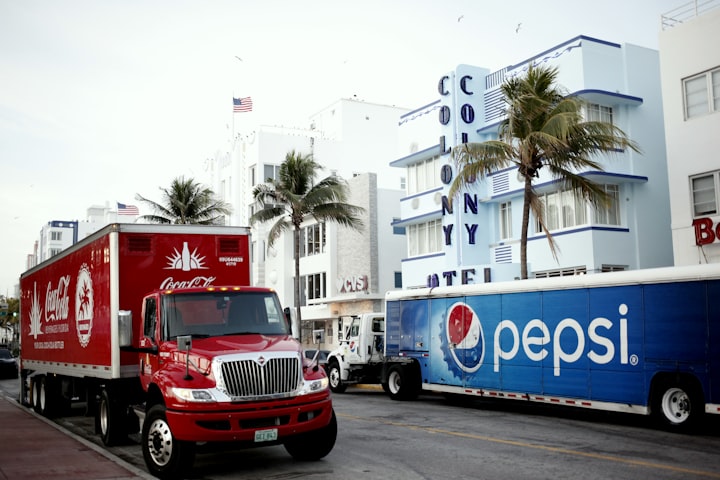The Future of the Automotive Supply Chain
Detailed Insider Report!

The automotive industry has undergone significant changes in recent years, with advancements in technology and a shift towards sustainability driving innovation and new business models. The supply chain, which is the backbone of the industry, has also evolved to keep up with these changes.
The future of the automotive supply chain looks bright, as new technologies and processes are being developed to optimize efficiency and reduce costs. Here are some key trends and developments that will shape the future of the automotive supply chain.
Digitalization and automation: One of the biggest trends in the automotive supply chain is the increased use of digitalization and automation. By digitizing processes and automating tasks, companies can improve efficiency, reduce errors, and lower costs.
For example, digital tools such as blockchain and artificial intelligence (AI) can help streamline supply chain processes by providing real-time data and insights. Automation technologies such as robotics can also be used to speed up production and reduce labor costs.
Sustainability: Sustainability is becoming an increasingly important factor in the automotive industry, and this is reflected in the supply chain. Companies are implementing eco-friendly practices such as reducing waste, using renewable energy sources, and reducing emissions.
Sustainability initiatives are also driving innovation in the supply chain, such as the development of electric and hybrid vehicles, and the use of recyclable materials. Suppliers that can provide sustainable solutions will be in high demand as the industry moves towards a more sustainable future.
Localization: Another trend in the automotive supply chain is the move towards localization. This means that companies are looking to source materials and components from local suppliers, rather than relying on imports from other countries.
Localization can help reduce costs and improve supply chain resilience by reducing reliance on global supply chains. It can also help companies comply with regulations and meet customer demands for locally-sourced materials.
Collaboration and partnerships : Collaboration and partnerships between companies are becoming increasingly important in the automotive supply chain. By working together, companies can share knowledge and resources, improve efficiency, and reduce costs.
For example, partnerships between car manufacturers and suppliers can help streamline production processes and reduce lead times. Collaboration can also lead to the development of new technologies and solutions that benefit the entire industry.
Increased focus on customer needs: Finally, the automotive supply chain is becoming more customer-focused. Companies are looking to tailor their products and services to meet the specific needs of their customers, such as providing customization options and faster delivery times.
This means that supply chain processes are being re-designed to be more flexible and responsive to customer demands. Companies are also investing in technologies such as 3D printing, which can be used to produce custom parts on demand.
However, there are also some challenges that the automotive supply chain will face in the future. One of the biggest challenges is the increasing complexity of supply chain networks. With more suppliers, more products, and more markets, managing the supply chain becomes more challenging.
Another challenge is the need for greater transparency and traceability. Customers and regulators are increasingly demanding more information about the materials and processes used in automotive products, which requires greater visibility and traceability throughout the supply chain.
Finally, geopolitical risks such as trade disputes and political instability can also impact the automotive supply chain. For example, tariffs and other trade barriers can disrupt the flow of goods and increase costs.
To address these challenges, companies will need to invest in technology and processes that improve visibility, transparency, and traceability in the supply chain. They will also need to develop contingency plans to mitigate geopolitical risks and ensure business continuity.
Overall, the future of the automotive supply chain is bright, with exciting opportunities for innovation and growth. However, companies will need to adapt to new technologies and changing market conditions to stay ahead of the competition and meet the evolving needs of customers and regulators. By doing so, they can build a more resilient and sustainable supply chain that supports their business for many years to come.
About the Creator
AutoTech Insider
Entrepreneur | Automotive Expert | RPA Developer





Comments
There are no comments for this story
Be the first to respond and start the conversation.